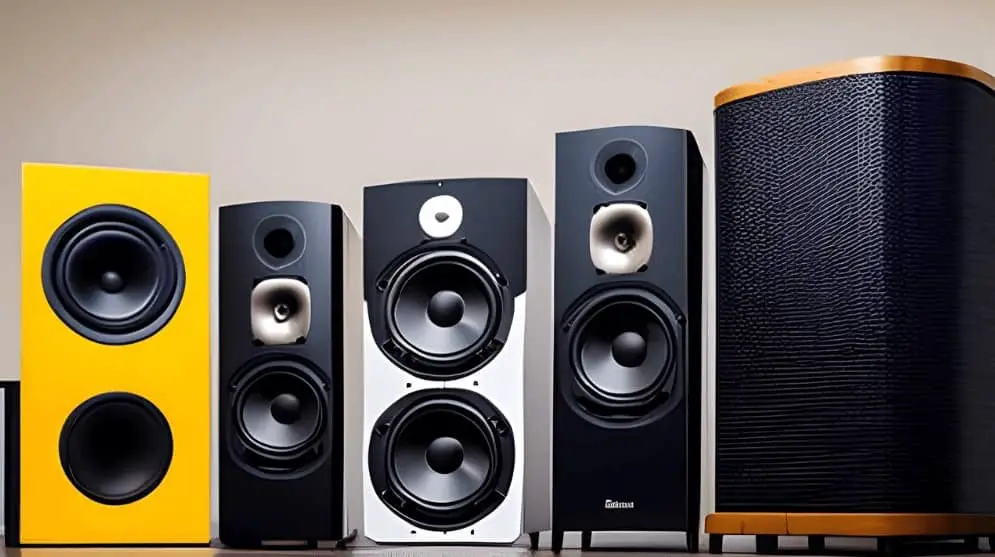“As an Amazon Associate, I earn from qualifying purchases. Without Any Extra Cost to You!”
Choosing the right type of speaker can make a world of difference in your audio experience, whether you’re listening to music, watching a movie, or gaming.
With so many different types of speakers on the market, it can be overwhelming to determine which one is the best fit for your needs. As an audio enthusiast, I’m here to help guide you through the different type of speakers available and offer my personal advice on choosing the right one.
In this article, we’ll be taking a deep dive into the most common type of speakers, including bookshelf speakers, floor-standing speakers, in-wall speakers, outdoor speakers, and specialized types such as portable speakers, soundbars, wireless speakers, and smart speakers.
We’ll be comparing the features of each speaker type, such as sound quality, size, portability, price range, and compatibility with different devices to help you make an informed decision. So, whether you’re a music enthusiast, a movie buff, or a gamer, read on to discover the perfect speaker for you.
Are there different types of speakers?
What is a speaker and how does it work?
A speaker is a device that converts electrical signals into sound waves, allowing you to hear music, movies, games, and more. In this section, we’ll provide an overview of what a speaker is and how it works, as well as the different components that make up a speaker.
The different components of a speaker
At the heart of a speaker is the driver, which is the cone-shaped element that vibrates to create sound. This driver is connected to a magnet, which generates a magnetic field that causes the driver to move back and forth, creating sound waves that travel through the air.
Other components that make up a speaker include the crossover, which divides the audio signal into high and low frequencies, and the enclosure, which provides a housing for the driver and helps to control the sound.
Check this article for more information on the components of a speaker.
Why is the type of speaker important?
The type of speaker you choose can greatly impact the audio experience. Whether you’re looking for bookshelf speakers, floor-standing speakers, in-wall speakers, or outdoor speakers, each type offers unique advantages depending on your needs.
When choosing a speaker, it’s important to consider factors such as sound quality, size, and compatibility with different devices.
Impact on sound quality
Firstly, the type of speaker you choose will greatly impact the overall sound quality. For example, bookshelf speakers are great for small to medium-sized rooms and offer a balanced sound, while floor-standing speakers are better for larger spaces and provide a fuller, more powerful sound.
On the other hand, in-wall speakers are ideal for those who want a clean, clutter-free look, but may not provide the same level of sound quality as other types.
Compatibility with devices
Secondly, it’s important to consider the speaker’s compatibility with your devices. For instance, some speakers may require a specific type of connection or have limited connectivity options, which can affect their usefulness in different scenarios.
Size and placement
Size and placement are also important factors to consider when choosing a speaker. Depending on the size of your room or the location where you’ll be using the speaker, you may need to choose a smaller or larger size or consider the speaker’s placement to ensure optimal sound quality.
Here’s a guide on speaker placement to help you achieve the best audio experience possible.
Long-term investment
Lastly, purchasing a speaker is a long-term investment, and choosing the right one can save you money and time in the long run. Investing in a quality speaker that fits your needs can provide you with years of excellent audio quality and a more enjoyable audio experience.
Which type of speaker is best?
There are several different types of speakers available on the market today, each with their own unique features and benefits. Here’s a brief overview of some of the most common types of speakers:
Bookshelf speakers

Bookshelf Speakers are small speakers designed to be placed on a shelf or stand. They are typically used in smaller rooms or as part of a surround sound system. Despite their small size, bookshelf speakers can deliver a powerful sound and are a great option for those with limited space.
Check out our review of the next generation of compact bookshelf speaker : KEF LS50 Meta.
For more information on soundbars, check out our article on top 5 bookshelf speaker brands
Floor-standing Speakers

Floor-standing Speakers Floor-standing speakers are larger speakers designed to be placed directly on the floor. They are typically used in larger rooms and can deliver a more powerful and dynamic sound than bookshelf speakers.
Floor-standing speakers come in a variety of sizes and can range from a few hundred dollars to several thousand dollars.
For more information on soundbars, check out our article on top floor-standing speaker brands
In-wall Speakers
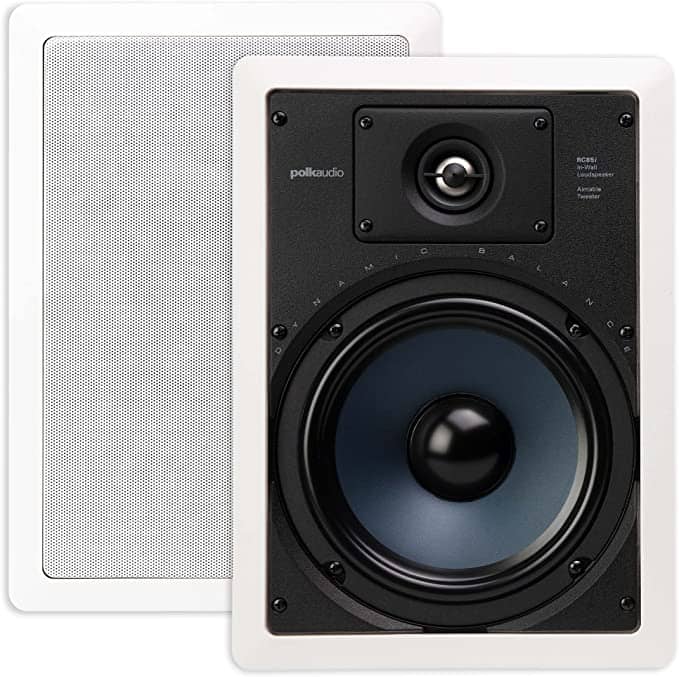
In-wall speakers are mounted directly into the wall, providing a sleek and seamless look. They are a great option for those who want a discreet speaker system or have limited space. In-wall speakers can be more difficult to install than other types of speakers, as they require cutting into the wall.
For more information on soundbars, check out our article on best in-wall speakers
Portable Speakers
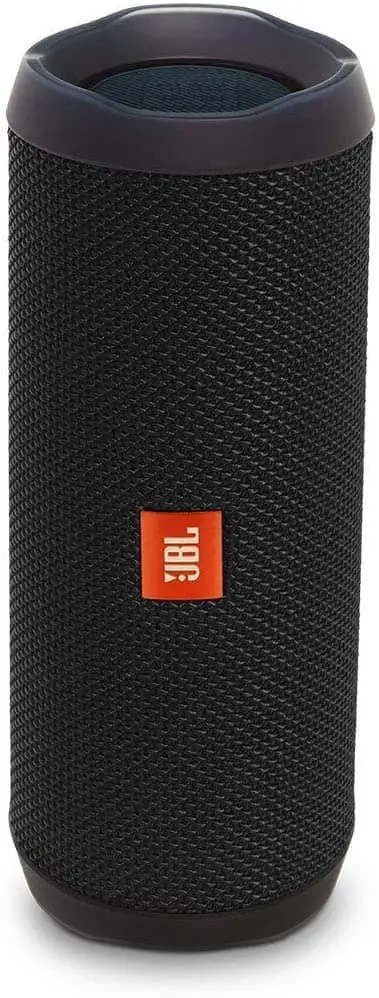
Portable speakers are small, battery-powered speakers that can be taken on the go. They are a great option for outdoor gatherings, picnics, or other events where you want to bring your music with you.
Portable speakers come in a variety of sizes and price ranges, and some even include Bluetooth connectivity.
For more information on soundbars, check out our article on best portable Bluetooth speaker brands
Soundbars
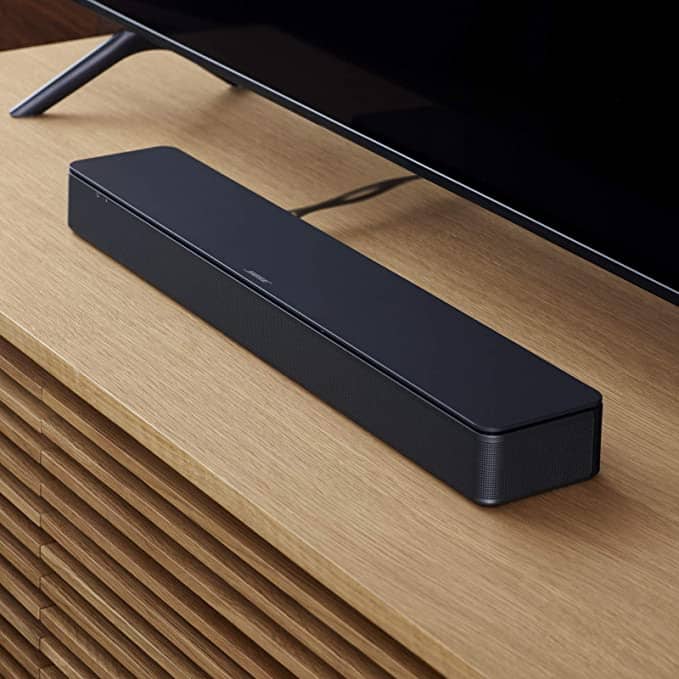
Soundbars are long, narrow speakers designed to sit below your TV. They are a popular option for those who want to improve the sound quality of their TV without having to install a full speaker system. Soundbars can range from a few hundred dollars to over a thousand dollars, depending on the quality and features.
For more information on soundbars, check out our article on best soundbar brands
Wireless Speakers
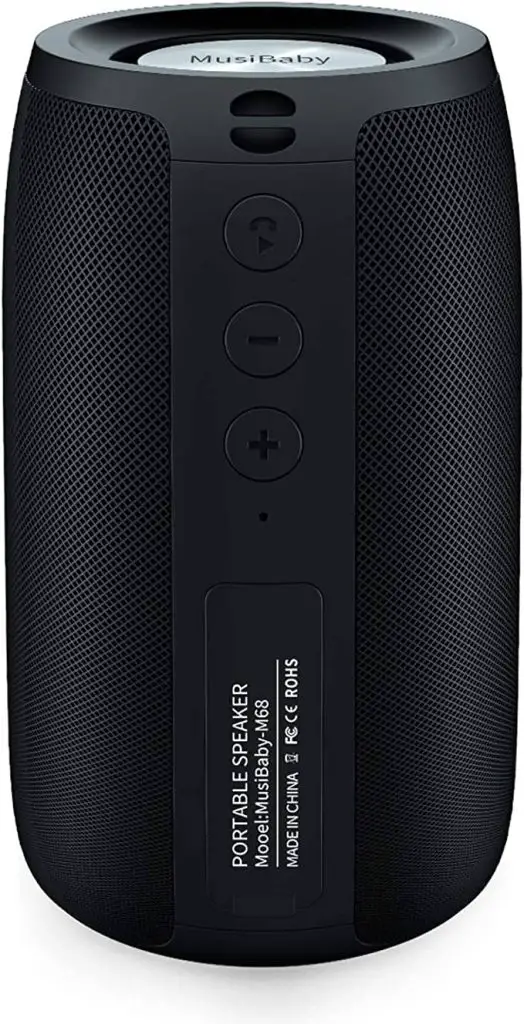
Wireless speakers are speakers that can be connected to your device using Wi-Fi or Bluetooth. They are a great option for those who want to stream music from their phone or computer without having to deal with cords and cables. Wireless speakers can come in a variety of sizes and price ranges, and some even include voice control features.
Outdoor Speakers
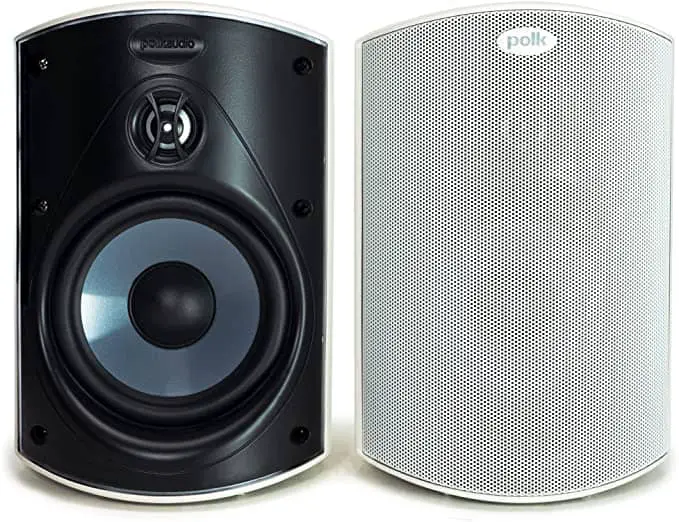
Outdoor speakers are designed to be weather-resistant and can be used outside. They are a great option for those who want to enjoy music or other audio outside on their deck or patio. Outdoor speakers can range from a few hundred dollars to several thousand dollars, depending on the quality and features.
Smart Speakers
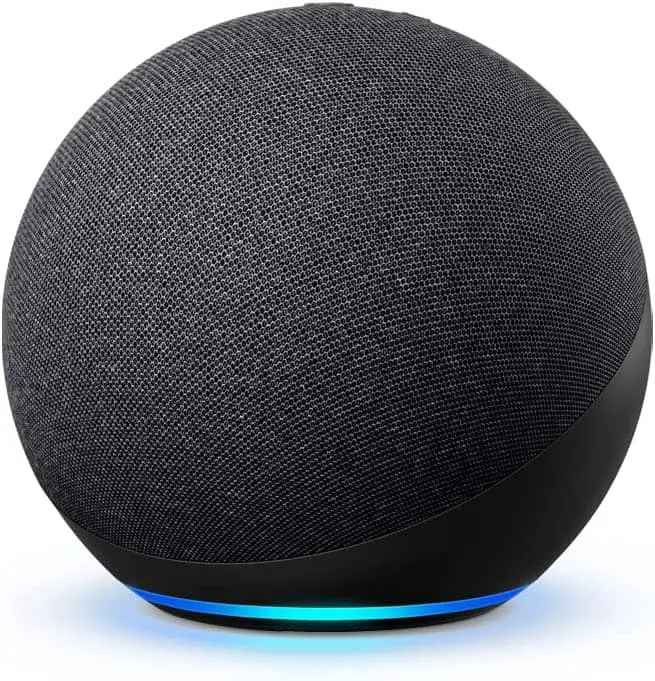
Smart speakers are speakers that include voice control features, allowing you to control them with your voice. They can be used to play music, set alarms, check the weather, and even control your smart home devices. Smart speakers can range from a few hundred dollars to over a thousand dollars, depending on the brand and features.
Woofer Speakers
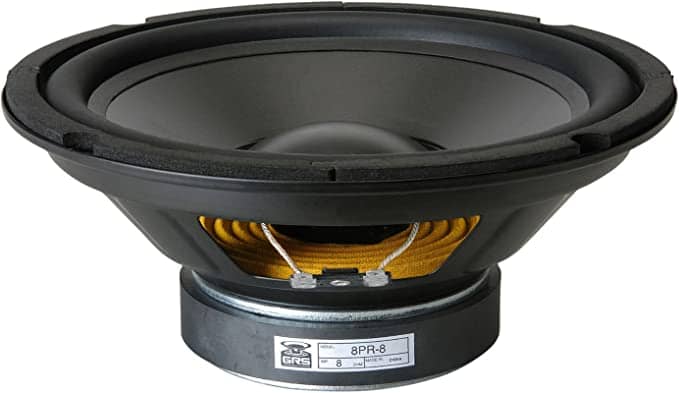
Woofer speakers are designed to reproduce low-frequency sounds, such as bass and drums. They typically range in size from 8 inches to 15 inches and are often used in larger speaker systems that include mid-range and tweeter speakers. Woofer speakers are ideal for music genres that have a lot of bass, such as hip-hop and EDM.
Subwoofer Speakers
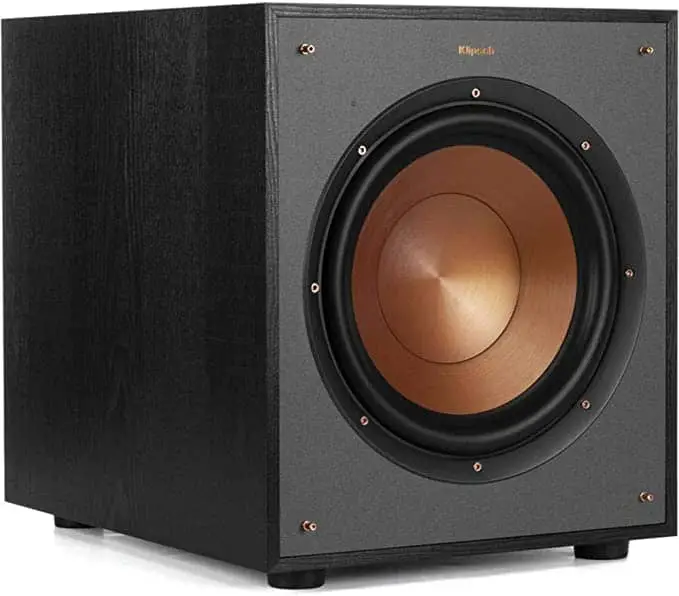
Subwoofer speakers are similar to woofer speakers but are even more specialized in their ability to produce deep, low-frequency sounds. They are often used in home theater systems to produce the deep rumble of explosions or the thump of a bass guitar. Subwoofers are available in various sizes and designs, including standalone units or built-in speakers for home theater systems.
Tweeter Speakers

Tweeter speakers are designed to reproduce high-frequency sounds, such as cymbals and vocals. They are typically smaller than woofer or subwoofer speakers and range in size from 0.5 inches to 3 inches. Tweeter speakers are often used in speaker systems that include mid-range and woofer speakers to provide a full range of sound.
Full-Range Driver Speakers

Full-range driver speakers are designed to reproduce a wide range of frequencies, from low to high. They are often used in small speaker systems, such as bookshelf speakers, where space is limited. Full-range driver speakers can be a good option for those who want a simple, compact audio setup.
Ceiling Speakers

Ceiling speakers are designed to be mounted in the ceiling and are often used in home theater systems or multi-room audio systems. They are typically round in shape and can be installed flush with the ceiling for a discreet look. Ceiling speakers come in a variety of sizes and designs, including models with built-in tweeter and woofer speakers.
Computer External Speakers
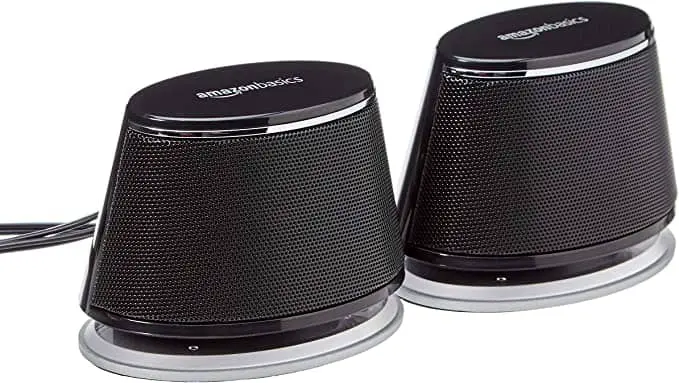
Computer external speakers are designed to enhance the audio output of computers or laptops. They can range in size and design, from small desktop speakers to larger units that include subwoofers. Computer external speakers are a good option for those who want to improve the audio quality of their computer or laptop without investing in a full home theater system.
How to Choose a Speaker Type
When it comes to choosing the right speaker, it’s important to consider different factors such as sound quality, size, price range, and compatibility with different devices. In this section, we’ll compare the different types of speakers based on these factors.
A. Sound Quality
Speaker Type | Sound Quality |
Floor-Standing | Powerful, clear sound quality; great for home theaters and music rooms |
Bookshelf | Smaller than floor-standing, impressive sound quality when paired with a subwoofer |
In-Wall | Blends in with the wall, discreet audio solution; sound quality varies depending on brand and model |
Portable | Convenient for on-the-go listening; sound quality may not be as powerful as larger speakers |
Soundbars | Enhances TV audio quality; may not have the same level of sound quality as dedicated speakers |
Wireless | Excellent sound quality, comparable to high-end traditional speakers in some cases |
Outdoor | Designed for harsh weather conditions, good sound quality in an outdoor environment; may not match indoor speaker sound quality |
Smart | Offers convenience and versatility; sound quality varies, with some high-end models providing good sound |
Woofer | Reproduces low-frequency sounds (20 Hz to 2 kHz); powerful, deep sound |
Subwoofer | Specialized for very low-frequency sounds, often below 20 Hz; intense bass that can shake the room |
Tweeter | Reproduces high-frequency sounds (2 kHz to 20 kHz); crisp, clear sound |
Full-Range Driver | Handles the entire range of audio frequencies; produces balanced, natural sound |
Ceiling | Installed in the ceiling; good balance between low and high-frequency sounds, often used for background music in public places |
Computer External | Small, compact, designed for computer use; provides decent sound quality but may not be suitable for high-end audio |
B. Size and Portability
The size and portability of a speaker can also be an important factor, depending on your needs. Here’s how different types of speakers compare:
Speaker Type | Portability and Size Characteristics |
Floor-standing | Largest and heaviest; not very portable |
Bookshelf | Smaller, more compact; good for smaller rooms or spaces |
In-Wall | Discreet, space-saving; requires installation, not easily moved |
Portable | Highly portable; great for outdoor use or traveling |
Soundbars | Compact, easy to install; not as portable as other speaker types |
Wireless | Variety of sizes; smaller models are highly portable, larger models provide better sound quality but may be less portable |
Outdoor | Larger, less portable due to weather-resistant design |
Smart | Compact, versatile; highly portable and convenient |
Woofer | Generally larger and heavier; less portable |
Subwoofer | Large, heavy; difficult to move around |
Tweeter | Small, lightweight; highly portable |
Full-Range Driver | Vary in size; generally more portable than woofers and subwoofers |
Ceiling | Not portable; meant to be permanently installed |
Computer External | Small, lightweight; very portable |
C. Price Range
The price range of speakers can vary widely depending on the type and brand. Here’s a general breakdown:
- Floor-standing speakers: These are typically the most expensive type of speaker, with prices ranging from several hundred to several thousand dollars.
- Bookshelf speakers: These can range from budget-friendly options under $100 to high-end models that cost thousands of dollars.
- In-wall speakers: These can also vary in price, with some budget-friendly options available for under $100 and higher-end models costing several hundred dollars.
- Portable speakers: These can range from budget-friendly options under $50 to high-end models that cost several hundred dollars.
- Soundbars: Soundbars can range from very affordable to very expensive, depending on the features and sound quality.
- Wireless speakers: Wireless speakers can also range from affordable to expensive, depending on the size, features, and sound quality.
- Outdoor speakers: Outdoor speakers tend to be more expensive than other speaker types due to their weather-resistant design
- Smart speakers: Smart speakers can be affordable or expensive depending on the brand, features, and sound quality.
- Woofer: Prices for woofers can start under $50 for basic models and go up to several hundred dollars depending on the materials used, the size of the driver, and the overall sound quality.
- Subwoofer: Subwoofers can range from affordable models under $100 to high-end options that cost over a thousand dollars. The price variance is due to factors like driver size, power handling capabilities, and the inclusion of advanced technologies for improved bass response.
- Tweeter: Tweeter prices can start under $50 for entry-level models and reach several hundred dollars for premium options. The pricing is influenced by the type of tweeter (dome, cone, or ribbon), materials used, and the technology employed to deliver crisp high-frequency sounds.
- Full-Range Driver Speakers: Full-range driver speakers can be found at prices starting under $100 for budget options and going up to over a thousand dollars for high-end models. Factors affecting their pricing include the driver design, materials used, and the speaker’s ability to reproduce a wide range of frequencies with minimal distortion.
- Ceiling Speakers: Ceiling speakers can range from under $100 for budget-friendly options to several hundred dollars for higher-end models. The price differences can be attributed to factors like audio quality, materials used, and the inclusion of advanced technologies for better sound dispersion.
- Computer External Speakers: Prices for computer external speakers can start under $30 for basic models and go up to several hundred dollars for premium options. The pricing depends on factors such as sound quality, power output, and the presence of additional features like Bluetooth connectivity or built-in subwoofers.
D. Compatibility with Different Devices
Lastly, it’s important to consider compatibility with different devices when choosing a speaker. Here’s how different types of speakers compare:
Speaker Type | Compatibility and Connectivity |
Floor-standing and Bookshelf | Require a receiver or amplifier; compatible with TVs, computers, turntables |
In-Wall | Part of a larger home audio system; compatible with devices that connect to the system |
Portable | Connect wirelessly to smartphones, tablets; some models may have wired connections |
Soundbars | Compatible with most TVs |
Wireless | Connect to various devices, including smartphones, tablets, laptops |
Outdoor | Compatible with various audio sources, such as home theater receivers and amplifiers |
Smart | Compatible with various smart home devices and platforms |
E. Matching Speaker Type to Room Size
- Bookshelf Speakers: These are great for small to medium-sized rooms.
- Floor-standing Speakers: Best suited for large rooms or home theaters
- In-wall Speakers: Ideal for those who want an unobtrusive, minimalist look
- Outdoor Speakers: Designed to withstand the elements and are perfect for outdoor gatherings.
F. Preferred Audio Source
Consider the type of audio you will be playing on your speaker. If you prefer to listen to music, a speaker with a strong emphasis on bass may be ideal. If you plan to use your speaker for movie nights or gaming, a surround sound system or soundbar may be a better fit.
Final words
In conclusion, speakers come in various types and sizes, each with their own unique features and advantages. Some common speaker types include bookshelf speakers, floor-standing speakers, in-wall speakers, portable speakers, soundbars, wireless speakers, outdoor speakers, and smart speakers.
Ultimately, the best speaker for you will depend on your individual preferences and requirements. Whether you prioritize sound quality, portability, compatibility, or budget, there is a speaker out there that will meet your needs. By taking these factors into account, you can make an informed decision and find a speaker that meets your specific needs and preferences.
FAQs
1. What are the 4 types of speakers?
There are many types of speakers, but four common types include:
- Bookshelf speakers: Small, versatile speakers designed for small to medium-sized rooms.
- Floor-standing speakers: Larger, more powerful speakers designed for larger spaces.
- In-wall speakers: Speakers mounted directly into the wall for a clean, clutter-free appearance.
- Portable speakers: Small, battery-powered speakers ideal for on-the-go listening.
2. What is the most common speaker type?
Bookshelf speakers are one of the most common types of speakers due to their compact size, versatility, and balanced sound quality. They’re suitable for a wide range of audio needs and spaces.
3. Are there different types of speakers?
Yes, there are various types of speakers, including bookshelf, floor-standing, in-wall, outdoor, portable, soundbars, wireless, smart speakers, and more. Each type offers unique advantages depending on your needs and preferences.
4. What type of speakers sound the best?
The “best” sounding speakers depend on individual preferences and the specific audio setup. High-quality floor-standing and bookshelf speakers often provide excellent sound quality, but in-wall, wireless, and smart speakers can also offer impressive audio experiences when chosen carefully.
5. What are 3-way speakers?
Three-way speakers are speaker systems that feature three separate drivers (components that produce sound) – a tweeter for high frequencies, a mid-range driver for mid frequencies, and a woofer for low frequencies. This design allows the speaker to cover a broader range of frequencies and provide a more balanced and accurate sound.
6. What are different names for speakers?
Speakers can also be referred to as loudspeakers, audio speakers, or sound reproducers. Different types of speakers may have unique names based on their design, such as bookshelf, floor-standing, or portable speakers.
7. What are 3 sound, speech, and audio devices?
Microphones: Devices that convert sound waves into electrical signals.
Headphones: Personal audio devices worn over the ears that deliver sound directly to the listener.
Amplifiers: Electronic devices that increase the power, voltage, or current of an audio signal, improving the sound quality and volume of audio systems.
8. What is a 4 speaker system?
A 4 speaker system typically consists of two front speakers and two rear speakers. These systems are often used in home theaters or surround sound setups, providing a more immersive audio experience by distributing sound across the listening area.
